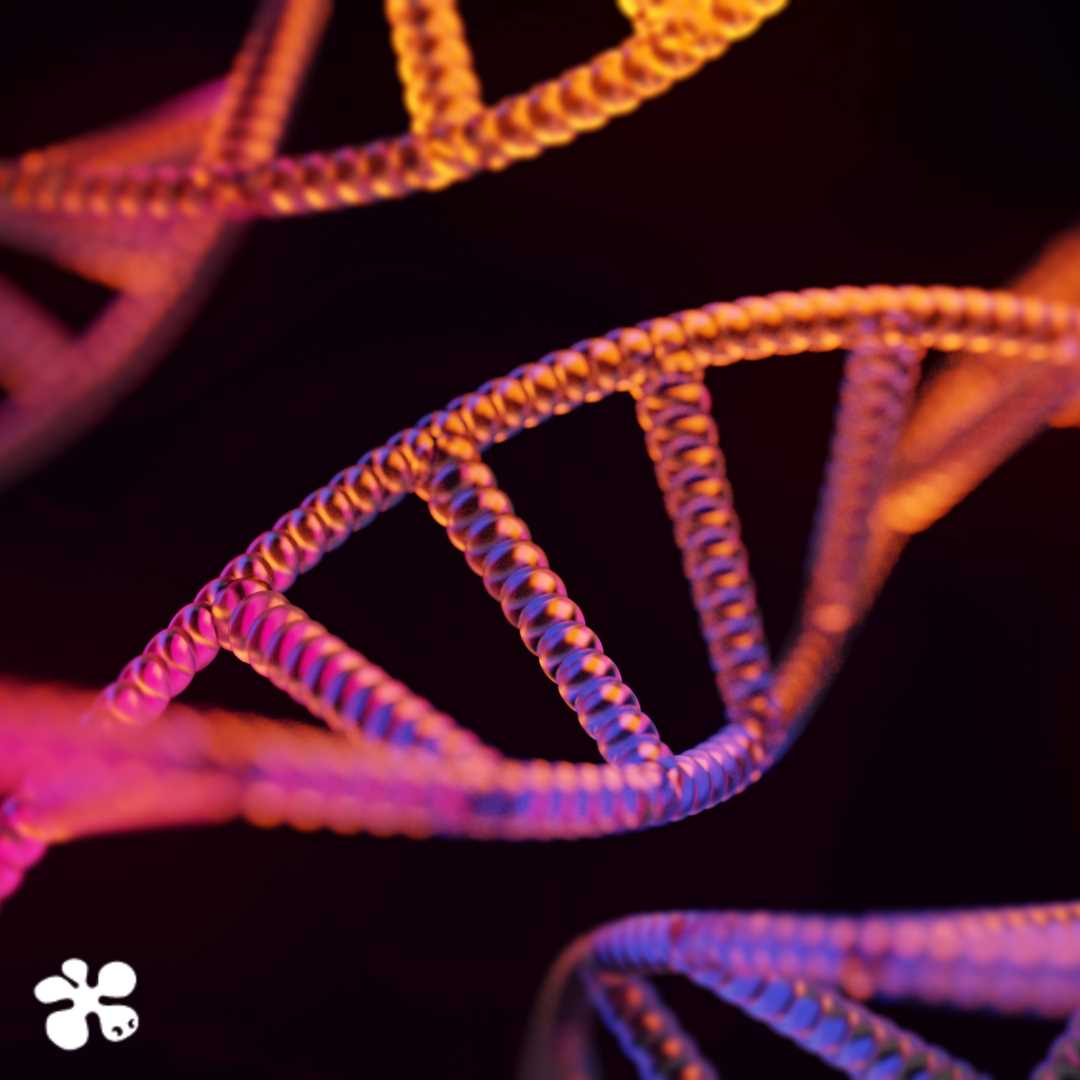IRBio researchers explore gene evolution
The study focuses on the influence of "jumping genes" on neuroplasticity: a new approach to understanding animal evolution.
Using zebrafish reveals the interaction of these genes in neural networks.
Pioneering research on ARC neural genes
The REARCTE project aims to decipher the basis of the evolution of ARC neural genes: genes essential for the long-term storage of information in the mammalian brain. The project, which will run until August 2025, aims to understand how transposable elements (or "jumping genes") can acquire new and relevant biological functions.
Led by Ignacio Maeso Martín, a researcher at the Biodiversity Research Institute at University of Barcelona, within the Evolution of Molecular Novelties and Gene Regulation research group, it has the central participation of Manuel Fernandez, PhD student, and Beatriz Loría, Research Technician.
Jumping genes: an evolutionary tool
"Jumping genes", also known as transposable elements, are DNA sequences that have the ability to move or "jump" from one position to another within a cell's genome. This process, known as transposition, can be carried out in several ways: some elements are cut and reintegrated elsewhere in the genome, while others are copied, leaving a copy in the original position.
Transposable elements can have a significant impact on the evolution and genetic diversity of species, as they can alter gene expression, activate or deactivate certain genes, or even create new functions. Throughout evolution, these "jumps" have influenced the formation of new biological structures and functions. A notable example is their involvement in the development of the placenta in mammals, where transposable elements helped integrate genetic functions essential for the formation of that structure. Their influence has also been seen in developmental genes in vertebrates, key to the formation of organs and body structures.
These transposable elements, like some retroviruses belonging to the same family, are often labelled as parasitic or “selfish” entities. However, throughout evolution, they have played a crucial role in genomic innovation in multiple lineages of animals and plants. When these elements are integrated into host genomes, they can sometimes acquire new and beneficial functions: that is, they are domesticated. The REARCTE project focuses on investigating whether these proteins of transposable origin can be predisposed to acquire functions with new biological significance, especially in neural processes.
A surprising phenomenon: double domestication
The ARC genes, which regulate neuronal plasticity and are involved in learning, are a fascinating example of domestication of transposable elements. Despite having similar functions, these genes are not evolutionarily related to each other, but have appeared independently in different lineages, such as in flies and terrestrial vertebrates. This means that they have emerged repeatedly (in this case twice) from transposable elements in different animal groups: this is a double domestication.
What makes the ARC genes particularly interesting is that they still retain the ability to form viral capsids (structures specific to viruses), which allow communication between neurons by transporting RNA. This viral characteristic could have been essential for their repeated domestication in various animal lineages: capsids could have offered advantages in processes such as neuronal communication.
Experiments with zebrafish
The project uses an innovative approach with transgenic zebrafish. These fish express new genes in their neurons: genes derived from jumping genes. This method allows researchers to study how exogenous proteins interact with existing neural networks, which is not possible in unmodified zebrafish. The goal is to determine whether these genes are integrated into pre-existing cellular networks. They also seek to better understand the evolutionary forces that favor these adaptations.
First findings and key collaborations
So far, the team has established two lines of research: one expressing the mouse ARC gene and another using the fruit fly ARC gene. Current research focuses on analyzing changes in gene expression, larval activity, the location of proteins in neurons and their interactions with other proteins.
This project is part of Manuel Fernández Moreno's PhD thesis, co-directed by Manuel Irimia, ICREA researcher at Pompeu Fabra University and the Centre for Genomic Regulation, who also participates in the research. Dr. Maeso's Evolution of Molecular Novelties and Gene Regulation group is part of various research networks, such as the Evolution and Development Research Group (EvoDevoCat), R2G and LifeHub.
The study of the domestication of transposable elements in neural processes offers a new perspective on how evolutionary forces can shape genetic networks in different species, and may provide new clues about brain functioning and its evolution.
